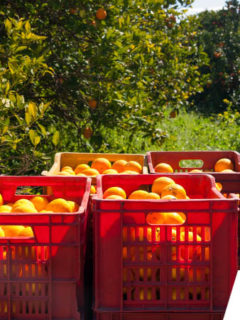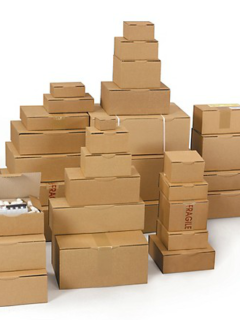The warehouse is an essential place because it is where products are organised and grouped before they are distributed or used.
However, warehouses are not all the same and each one is designed to meet a specific need. Discover here the most common types of warehouse according to their characteristics and functions.
Types of warehouses according to their location
- Central or factory warehouses. These are warehouses located as close as possible to the manufacturing centre. They handle large goods and, from there, distribute the products to the regional warehouses;
- Regional warehouses. These are generally located close to the point of consumption. They quickly distribute the goods of wholesale or retail customers in a given geographical area;
- Transit warehouses. Intermediate point between the central warehouse and the regional warehouses. They don’t accumulate stocks and store goods temporarily.
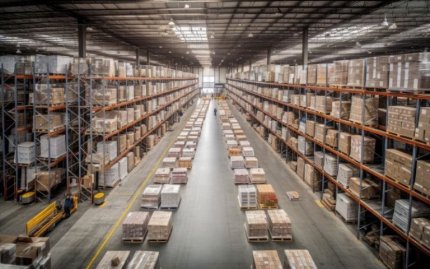
Types of warehouses according to the nature of the premises
- Covered or indoor warehouses. Fully enclosed spaces that protect the contents from external climatic conditions, such as variations in temperature or humidity;
- Uncovered or open-air warehouses. Open spaces within a marked enclosure and intended for products that do not require special protection.
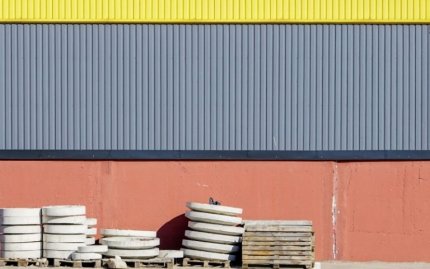
Types of warehouses according to their logistical functionality
- Supply or production warehouses. They store the raw materials and goods needed for production in an industry. They ensure that the material is always available for the production process and that production is not interrupted. They are usually close to the factory they serve;
- Distribution or supply warehouses. They are located in a strategic location to be close to the end customer and offer the best possible service, guaranteeing stock and reducing times;
- Picking warehouses. These specialise in preparing orders, focusing on selecting and packaging products so that they can be sent to customers quickly, without errors and reducing costs. They are essential in e-commerce and retail;
- Temporary or seasonal warehouses. They cover peaks in demand at specific times of the year, storing stock of seasonal consumer products;
- Consolidation warehouses. They bring together different volumes to unify them in batches. Orders are stored according to references, distribution routes or end customers. They improve logistical efficiency and reduce transport costs.

Types of warehouses according to their degree of mechanisation
- Conventional warehouses. These use a minimum level of industrial automation and rely on manual labour to store and move goods. The shelving is simple and is usually no more than 10 metres long so that it can be reached by pallet trucks;
- Automated or intelligent warehouses. These are based on computerised warehouse management system (WMS) solutions and take advantage of artificial intelligence. They are tall structures with advanced technology and a high level of mechanisation, since robotics manage inventories and logistics operations. They reduce labour and are highly efficient;
- Semi-automated warehouses. They combine the above methods. They usually belong to companies that want to improve their productivity without investing too much in automation.

Types of warehouses according to the material they contain
- Raw materials warehouses. These warehouses are located close to the production area and contain the materials that are going to be processed;
- Intermediate or semi-finished product warehouses. These store products that are still being manufactured and are not yet finished;
- Finished goods warehouses. They manage products that are ready to be commercialised or distributed;
- Spare parts parts and accessories. These include parts for repairs, breakdowns or replacement of damaged elements;
- Cold stores. Designed for products that require specific and controlled temperature conditions;
- Chemical and medical product warehouses. They follow very strict rules to avoid any risk and workers need specific training to handle them;
- Archive warehouses. They store all important documentation, such as licences, inventories or sales records;
- Storerooms for containers and packaging warehouses. This is where all the materials, containers and packaging are organised to prepare and protect the products during storage or transport.
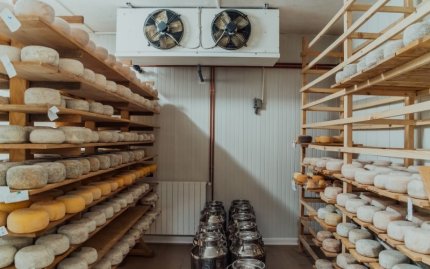
Taking all these categories into account is essential for the layout of the warehouse and for maintaining proper stock management. In this way, you can optimise your supply chain in the most efficient way. If you need help organising your warehouse, we at RAJA are at your service.











